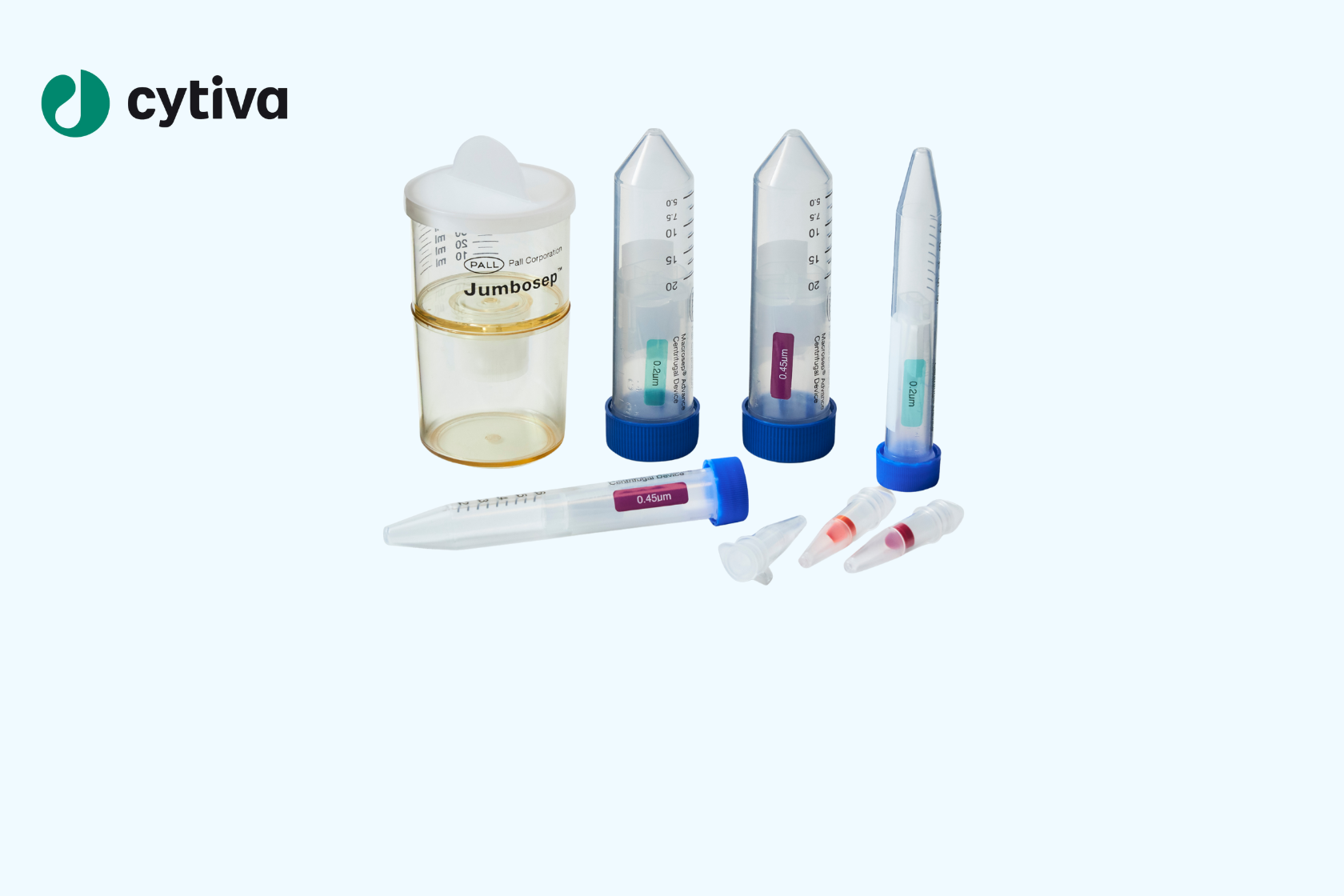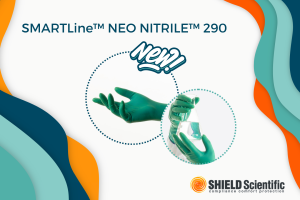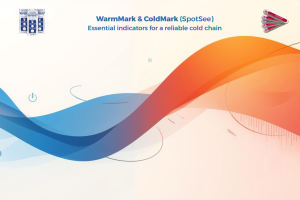Centrifugal Filtration: Fast and Efficient Sample Preparation in the Lab

Centrifugal filtration: fast and efficient sample preparation in the lab
Efficiency, reproducibility and reliability are essential pillars of any laboratory. Yet in practice, sample preparation often remains a bottleneck. Traditional techniques such as precipitation or column chromatography can be time-consuming, multi-step processes that frequently result in the loss of valuable analytes.
Why traditional methods often fall short
- Precipitation requires the addition of salts or alcohols, which can lead to denaturation or loss—especially for fragile proteins or when pH adjustments are imprecise.
- Column chromatography is labour-intensive, difficult to automate and often leaves behind residual components.
- Dialysis and gradient centrifugation are time-consuming, less reproducible and increase the risk of contamination.
- These methods also tend to alter the ionic strength or pH conditions of your sample.
This is particularly problematic when working with sensitive or limited materials such as proteins, DNA or viruses. The recovery is often low, the buffer conditions suboptimal, or the analyte nearly undetectable.
Centrifugal filtration as an efficient alternative
Centrifugal filtration offers an efficient and reproducible solution for processing sensitive or difficult-to-purify samples. These filters are specifically designed to concentrate or purify biomolecules quickly and gently, with minimal sample loss. No time-consuming workflows—just a straightforward, consistent process.
The key to a successful filtration process? A proper match between sample type, membrane and pore size (MWCO). In this blog, you'll learn how centrifugal filtration works, what to consider when choosing the right membrane and MWCO, and which filters best suit your application.
Ultrafiltration: the working principle
Ultrafiltration uses a semi-permeable membrane to separate biomolecules based on molecular size. Large molecules (such as proteins or viruses) are retained and concentrated, while smaller components (such as salts, buffers or primers) pass through and are removed with the filtrate.
What is MWCO?
MWCO stands for Molecular Weight Cut-Off, indicating the size threshold above which molecules are retained. A membrane with a 10 kDa MWCO, for instance, will retain 90% of molecules heavier than 10 kilodaltons, while smaller particles pass through. This value is crucial for achieving the desired separation.
Keep in mind:
- Ideally, choose an MWCO that is 3 to 6 times lower than your target molecule’s molecular weight. A lower MWCO results in higher purity but may reduce yield.
- Molecular shape matters: linear molecules like DNA may slip through pores more easily than globular proteins of similar size.
- pH, ionic strength, sample concentration and centrifugation speed all influence separation efficiency.
Advantages over traditional techniques
- Minimal structural impact on biomolecules
- No need for organic extraction
- Chemical balance is preserved (pH and ionic strength remain unchanged)
- Rapid processing, compatible with low temperatures
- Cost- and material-efficient
- Combined concentration and purification in one step
Selection criteria: format and membrane
Sample volume determines format
- Nanosep™ – for < 0.5 mL
- Microsep™ – for 0.5 to 5 mL
- Macrosep™ – for 5 to 20 mL
The right membrane for every sample
The membrane plays a key role in determining the efficiency of your filtration step—from recovery rate and flow speed to chemical compatibility. Cytiva offers a range of high-quality membranes, each tailored to specific applications:
- Omega™ (Ultrafiltration - PES):
High flow rates and low protein binding; ideal for sample concentration and desalting. - Supor® (Microfiltration - PES):
Rapid clarification of solutions; also suitable for organic solvents such as DMSO. - Bio-Inert™ (Nylon) & wwPTFE:
Resistant to chemically aggressive samples without compromising flow rate. - NAB (Glass Fibre):
Gently binds nucleic acids without cell lysis — perfect for genomic extractions.
Thanks to colour-coded MWCOs, selecting the correct membrane for efficient filtration is quick and intuitive.
What makes Cytiva filters unique?
A good membrane is essential—but not enough on its own. In a lab environment where precision and reproducibility are paramount, the design of the filtration system also makes a difference. Cytiva combines clever technical features with user-friendly design:
- A vertical membrane holder prevents aggregation of proteins or viruses
- A rounded base makes post-centrifugation pipetting easier and reduces sample loss
- The dead-stop mechanism prevents delicate samples from drying out during over-centrifugation
- Colour-coded MWCOs allow intuitive and error-free selection
Applications across every field
Thanks to the combination of various volumes and membrane types, Cytiva’s centrifugal filters are extremely versatile. They are used daily in a wide range of disciplines—from molecular biology and proteomics to clinical diagnostics and pharmaceutical research—always with the same goal: fast, efficient and reliable sample processing.
Typical applications include:
- Concentration of proteins, DNA or RNA
- PCR clean-up and primer removal
- Buffer exchange or desalting
- Virus isolation and purification from biological samples
- Sample prep for LC-MS or HPLC
Conclusion: fewer steps, better results
Centrifugal filtration is a reliable, reproducible and gentle alternative to traditional purification techniques. By selecting the right format, membrane and MWCO, you can optimise your sample preparation without compromising recovery, buffer conditions or processing time.
Whether you're working with DNA, proteins, viruses or analytes for LC-MS: Cytiva's filtration systems help you achieve clean, usable results faster.
Need help choosing the right filter?
Our specialists at Novolab are happy to assist you in selecting the perfect filter for your application. Request a free test sample or explore our full range of options here. Want to know more? Download the Cytiva brochure here for detailed technical specifications and application guidance.





